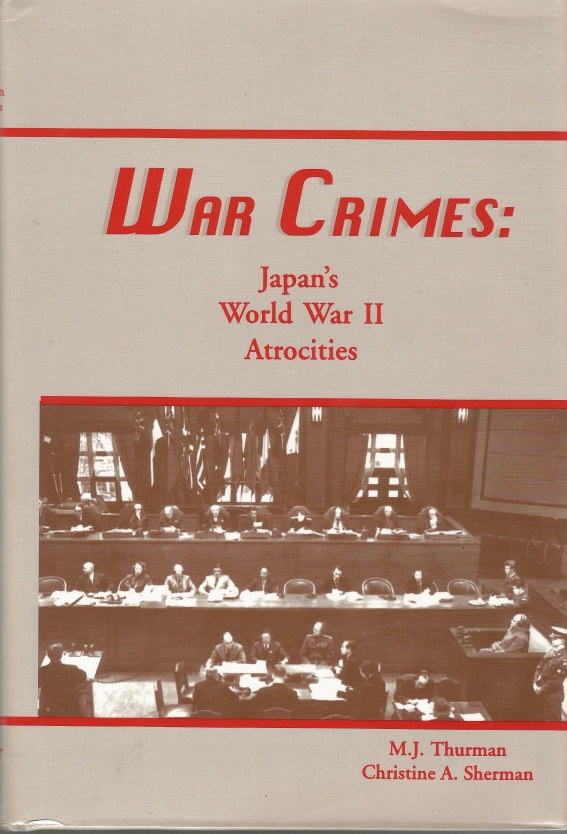

War Crimes

This is a book about the war crimes held in Japan after World War II. The two major sections are, of course, the view from the prosecutors side and the view from the defense side. It is not an easy book to read as it refers to specific things that were done by the Japanese military and they are rather gruesome.
Some of the more important things I learned from the book:
The military tribunal set for around three years.
The trials never got the publicity that the Nuremberg trials received.
There were 25 defendants by the end of the trial.
During the fighting with China the Japanese never established any organization to deal with POWs. The decision was made to consider it an incident rather then a war which got rid of the problem of having to classify captured Chinese as POWs. Allied prisoners and civilians would be treated as POWs, though. There were many circumstances under which they could received the death penalty, though.
There was a major program of opium growing and distribution run by the Japanese in order to keep people under control.
Atrocities against civilians took place in every province of occupied China. These included murder, massacre, torture, rape, robbery, looting and wanton destruction of property.
The events that took place in Nanking to place in other parts of China but not in such concentrated numbers.
On January 27 of 1941 the U.S. Ambassador to Japan reported on a rumor that Pearl Harbor was going to be attacked. (Why wasn't this very, very carefully followed up?)
On September 24 of 1941 the U.S. intercepted a message from Tokyo to Japanese spies in Hawaii to report on ship movements in Pearl Harbor. (Again, why wasn't this followed up and why didn't anybody put two and two together?)
This kind of thing goes on in the list provided in the book.
If Yamamoto would have survived he would have ended up charged and a defendant in the trials.
27,000 men were taken from Java to work as coolies for the Japanese but only 7,000 ever returned.
The Japanese dealt out torture, mass punishments and beatings even for small offenses.
This was all part of the general policy of the Japanese military and not decisions made by just a few irate commanders.
The people of Japan were indoctrinated with a "fanatical martial spirit, blind worship of totalitarianism and ultra-nationalism, love for aggression and burning hatred and contempt for all enemies, either actual or potential."
British POWs captured by Germany and Italy had a 5.1% death rate in captivity while British POWs in Japanese camps had a 24.8% rate of death.
Even nurses were murdered by the Japanese. The book gives numerous specific examples of such atrocities. Even specific massacres and numbers of people killed in them are given.
The Emperor did not use a veto on any final decision made by the cabinet or the military command.
Judgments against specific individuals are noted.
As I said earlier, this is sort of a rough book to read. The horrors that were committed are almost beyond comprehension.
Main Index
Japan main page
Japanese-American Internment Camps index page
Japan and World War II index page
|